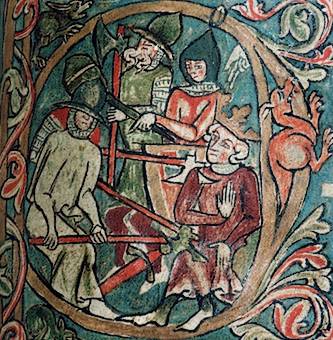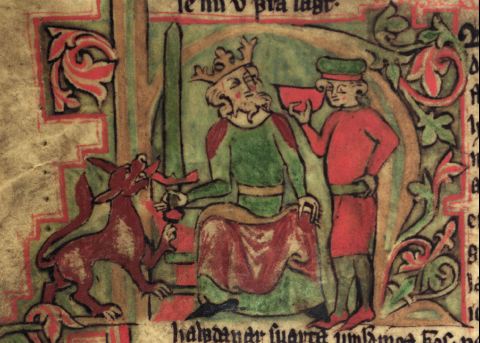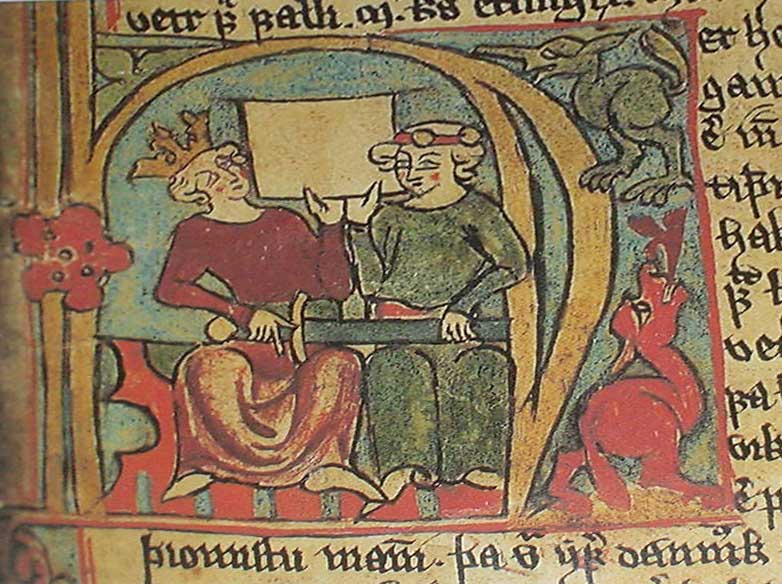


 |
 |
 |
“Even the evil ones need a place to live”
Medieval Icelanders often supplemented their diet by collecting wild bird eggs. This was often a dangerous exercise, which involved rappelling down cliff faces exposed to the Atlantic elements in order to get at the birds' nests. According to a popular Icelandic folktale, the uninhabited island of Drangey (off Iceland's northern coast), whose cliffs teem with marine birds, was particularly perilous: evil creatures living in its cliffs would routinely cut the ropes by which egg collectors hung and would thus send them plummetting to their deaths in the rocky surf.
Until the early thirteenth century, that is, when Bishop Guðmundr the Good came to occupy the See of Hólar (Iceland's northern bishopric). As his nickname suggests, Guðmundr was quite popular among Iceland's poor and disenfranchised -- less so among the rich and powerful -- especially as he campaigned for the observance of the Christian and secular legal obligations of the haves to help maintain the have-nots. Guðmundr also distributed alms directly, causing a run by beggars and paupers on Hólar and quickly depleting the stores of the See. He therefore sent some of his men to Drangey to gather eggs and hunt birds with which to feed the poor; but Drangey's evil spirits were no more tolerant of the bishop's men then they were of other egg collectors, killing a few and scaring the others away.
When Guðmundr heard of the debacle, he decided to take matters into his own hands. He travelled to Drangey, where he made a circuit of the island, blessing its grounds and having his men lower him down the cliff-faces to sprinkle them with holy water. Finally only one cliff remained unblessed, the scariest, most vicious cliff of all. As Guðmundr began to make his descent down the sheer face, a gnarly hand emerged from the rock, wielding a big knife, and began sawing at the rope by which the holy bishop was suspended. Unperturbed, Guðmundr continued to swing down the rockface, singing psalms and sprinkling holy water. The knife sliced through one cord of the rope, then two, but the third held, until finally the troll, in desperation, emerged from the rock and pleaded with the bishop: "Spare us, God's servant! Stop your blessings! Even the evil ones need a place to live, after all!"
Guðmundr heard, considered the request, and finally, persuaded by the evil spirit's reasoning, called for his men to pull him up. The cliff, known as Heiðnaberg (Heathen Cliff), remained unblessed, and since no one dares rappel down its face, has been a safe haven for birds ever since. Guðmundr thus deserves to be considered the founder of Iceland's first nature preserve: an episcopally sanctioned haven in which evil beings can lay their heads down safely.
return to HIS 3200 syllabus
Oren Falk, Associate Professor
Department of History, Cornell University
Page last updated on: 30 January, 2011